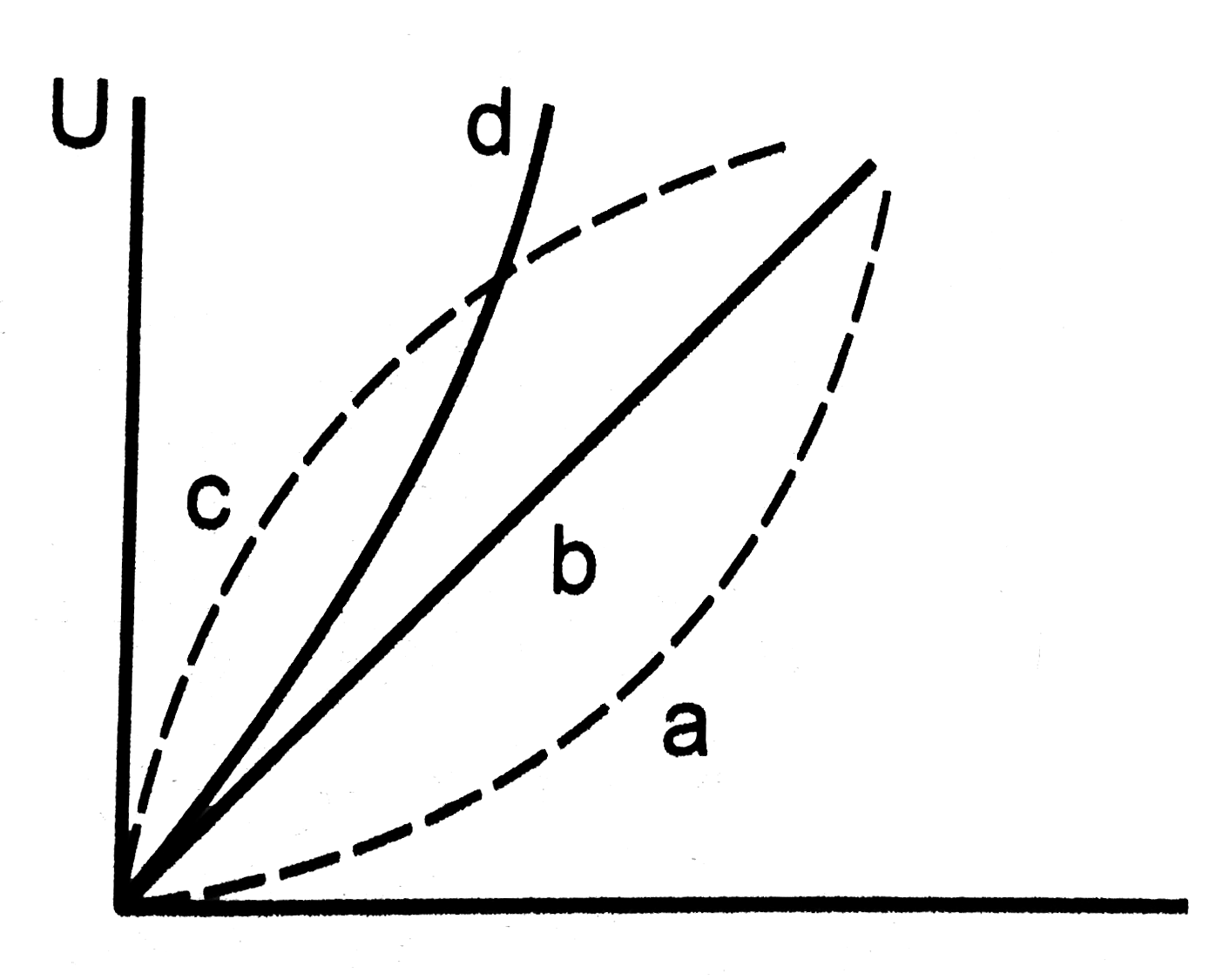What other elements may be added to silicon to make electrons available for conduction of an electric current?
To determine what other elements may be added to silicon to make electrons available for conduction of an electric current, we can follow these steps:
1. Identify the Group of Silicon:
- Silicon (Si) is located in Group 14 of the periodic table. Elements in this group have four valence electrons.
2. Understand the Requirement for Conduction:
- For conduction of electricity, we need to either provide additional electrons (negative charge carriers) or create holes (positive charge carriers). In this case, we are focusing on making electrons available for conduction.
3. Determine the Need for Additional Electrons:
- Since silicon has four valence electrons, to increase the number of available electrons for conduction, we can introduce elements that have more than four valence electrons.
4. Identify Suitable Elements:
- The next group in the periodic table is Group 15, which contains elements that have five valence electrons. Adding these elements to silicon can provide an extra electron for conduction.
5. Select a Specific Element:
- A common element from Group 15 that can be added to silicon is phosphorus (P). Phosphorus has five valence electrons, and when it is doped into silicon, it donates one extra electron, enhancing the conductivity of silicon.
6. Conclusion:
- Therefore, phosphorus is an example of an element that can be added to silicon to make electrons available for the conduction of electric current.
Final Answer:
Phosphorus (P) can be added to silicon to make electrons available for the conduction of electric current.
---
- Silicon (Si) is located in Group 14 of the periodic table. Elements in this group have four valence electrons.
- For conduction of electricity, we need to either provide additional electrons (negative charge carriers) or create holes (positive charge carriers). In this case, we are focusing on making electrons available for conduction.
- Since silicon has four valence electrons, to increase the number of available electrons for conduction, we can introduce elements that have more than four valence electrons.
- The next group in the periodic table is Group 15, which contains elements that have five valence electrons. Adding these elements to silicon can provide an extra electron for conduction.
- A common element from Group 15 that can be added to silicon is phosphorus (P). Phosphorus has five valence electrons, and when it is doped into silicon, it donates one extra electron, enhancing the conductivity of silicon.
- Therefore, phosphorus is an example of an element that can be added to silicon to make electrons available for the conduction of electric current.
Phosphorus (P) can be added to silicon to make electrons available for the conduction of electric current.
Topper's Solved these Questions
- NCERT BASED EXERCISEBOOK - CENGAGE CHEMISTRY ENGLISHCHAPTER - NCERT BASED EXERCISEEXERCISE - NCERT Exercise
104 Videos
- NCERT BASED EXERCISEBOOK - CENGAGE CHEMISTRY ENGLISHCHAPTER - NCERT BASED EXERCISEEXERCISE - Short Answer Type Questions(ElectroCHMmical Cell)
4 Videos
- NCERT BASED EXERCISEBOOK - CENGAGE CHEMISTRY ENGLISHCHAPTER - NCERT BASED EXERCISEEXERCISE - NCERT Exerise
25 Videos
- GRIGNARD REAGENTS AND ORGANOMETALLIC REAGENTSBOOK - CENGAGE CHEMISTRY ENGLISHCHAPTER - GRIGNARD REAGENTS AND ORGANOMETALLIC REAGENTSEXERCISE - Exercises Archives (Linked Comprehension)
1 Videos
- NUCLEAR CHEMISTRYBOOK - CENGAGE CHEMISTRY ENGLISHCHAPTER - NUCLEAR CHEMISTRYEXERCISE - Archives Subjective
13 Videos
Similar Questions
Knowledge Check
Assertion: If there is some gap between the conduction band and the valence band, electrons in the valence band all remain bound and no free electrons are available in the conduction band. Then the material is an insulator.
Reason: Resistance of insulators is very lowAIf both assertion and reason are true and reason is the correct explanation of assertion.BIf both assertion and reason are true not but reason is not the correct explanation of assertion.CIf assertion is true but reason is falseDIf both assertion and reason are false.
Write the three types of solids on the basis of their ability to conduct electric current.
View SolutionWhat is a cell? How does it produce electric current?
View SolutionWhich of the following plotes may represent the thermal energy produced in a resistor in a given time as a function of the electric current? Figure

View Solutionwhich of the following statements are true about semiconductor ?
(a)silicon doped with electron rich impurity is a p-type semiconductor
(b)Silicon doped with an electrons rich impurity is an n-type semiconductor
(c)Delocalised electrons increase the conductivity of doped silicon
(d)An electron vacancy increase the conductivity of n- type semiconductor
View SolutionA flow of 1012 electrons per minute in a conducting wire constitutes a current of
View SolutionThe inner transition elements are the elements which the added electrons go to
View SolutionTo get n-type of doped semi conductor, the impurity to be added to silicon should have the following number of valence electrons ?
View Solution
